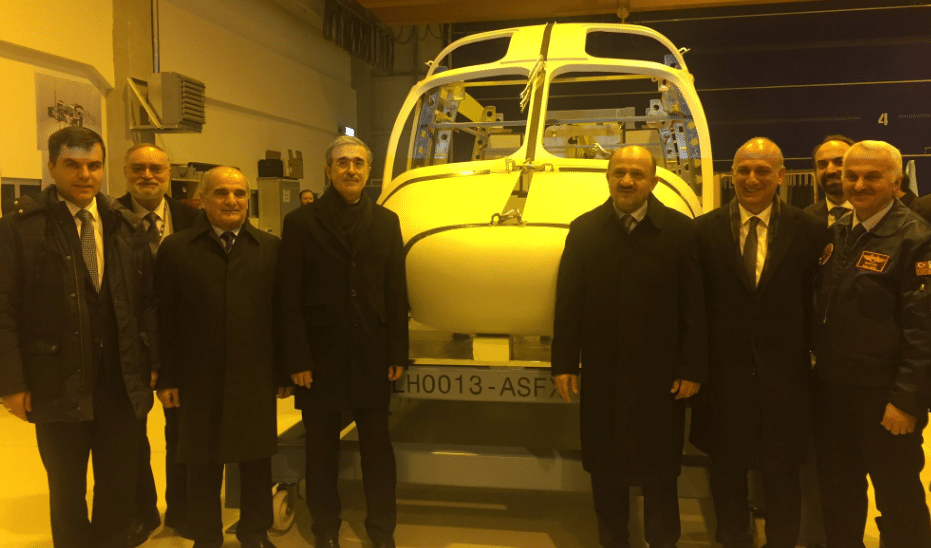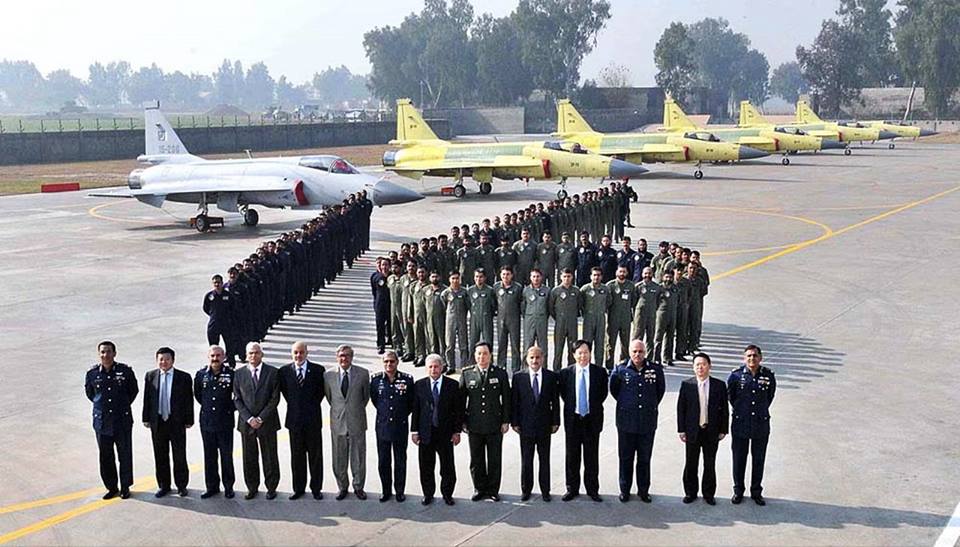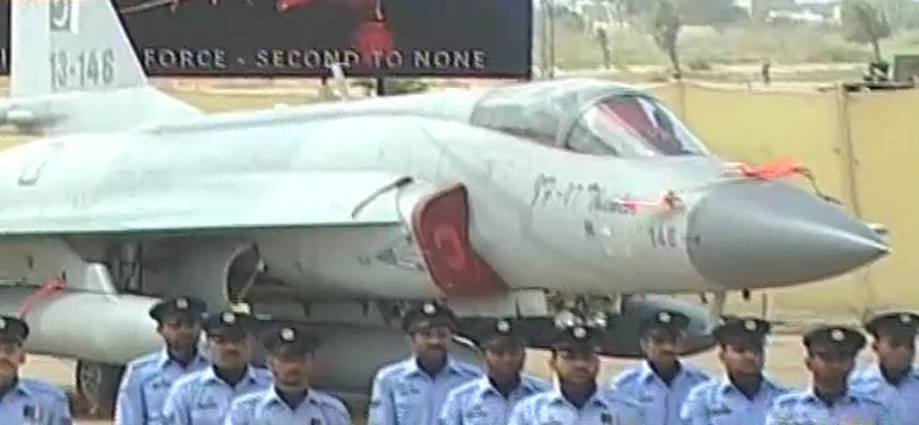2731Views 3Comments

Turkish Aerospace Industries officially designates in-house utility helicopter
Turkish Aerospace Industries (TAI) officially designated its internally developed light utility helicopter design as the TAI T-625.
The TAI T-625 is a twin-engine design capable of carrying up to 12 passengers. The five-ton helicopter is envisaged to replace the Turkish Armed Forces’ (TSK) legacy UH-1H Huey utility helicopters.
Development of the T-625 formally began in 2013 wen the Undersecretariat for Defence Industries (SSM) awarded TAI a contract to begin designing and developing a utility helicopter prototype. TAI aims to have the T-625 fly before the final quarter of 2018.
TAI has been working on the T-625 prototype in 2016. The company will also develop the T-625’s main gearbox and transmission. The Turkish defence electronics giant Aselsan will supply the T-625’s onboard electronics suite, which – at least for the military version – could potentially include the company’s active phased-array transceiver-based electronic warfare and countermeasures suite.
The T-625 will be powered by the Light Helicopter Turbine Engine Company (LHTEC) T800, a joint-program between Honeywell and Rolls-Royce. The LHTEC T800 platform – specifically the CTS800-4A – also powers the TAI T-129, the customized and upgraded Turkish variant of the A-129 Mangusta attack helicopter.
That said, TEI – TUSAŞ Engine Industries, Inc. is in the process of developing its own turboshaft engine to power the T-625 and, potentially, T-129. However, this program is not a short-term factor.
Aviation Week reports that TAI foresees domestic armed forces and civil demands requiring up to 300 T-625s. Defense News notes that TAI is aiming to sell 800 helicopters domestically, with another 400 being exported. TAI is hoping to leverage Ankara’s flexible foreign relations ties as a means to secure markets that may not be readily accessible to its competitors in the light utility helicopter space, such as Airbus Helicopters and Lockheed Martin/Sikorsky.
Notes & Comments:
While Turkey spent the previous decade expanding its domestic supply channel for its armaments, the T-625 is a reflection of Ankara’s desire to become a leading defence and aviation exporter. Like the T-129 and T-70, Turkey could have simply procured an off-the-shelf lightweight utility helicopter and produced it – and even its turboshaft engine – domestically. But such a route would have suffered from the exact same obstacles as the T-129 and T-70 – i.e. no final authority in exports. While armed forces requirements can serve as a stimulus to drive local manufacturing, the substantive gains will come from export.
The T-625 will face several challenges, not least the developmental cycle which could affect its flyaway cost and the time it requires to become production-ready. Besides that, the light utility helicopter space is well supported by many competitors, such as Leonardo and its AW139 and – most recently – the Airbus-AVIC H175. With the AW139, Leonardo already has the necessary scale (via many adopters) to continue offering a competitively priced helicopter. In fact, existing AW139 customers may have a primary incentive to keep on procuring AW139s instead of a new design. The H175, while a new platform, will benefit from China’s expansive domestic market, which will also contribute to that platform’s scale and affordability.



3 Comments
by Shakeel
Turkey has made significant strides over the years in the realm of defence – The T- 625 should be able to carve out a niche for itself, subject to Turkish govt endorsement.
by Shakeel
Thank you Turker,
Turkey is so fortunate to have such a lucrative domestic market. Does this figure of 800 include the T-70 helicopter (109) being co-produced with Sikorsky?
Do you consider the market for the Hurkus trainer uptake to be bullish aswell, given that Turkey has also acquired the KT-1 trainer from South Korea?.I’m guessing that the latter purchase is effectively a stop-gap measure?
by Türker Demircan
No, project with Sikorsky is totally different…Even local companies will handle many things, it is still under licence…Sikorsky warrants one to one export from Turkey…Means minimum production number will be 109 + 109 units….but Turkey will not be free to increase the numbers itself..
KT-1 purchase discussed a lot here….I do not think that they were so urgent…Luckily +15 option (for KT-1) cancelled and contracted for TAI Hurkus-B (military version) …. Hurkus-B contract has also an option, +40, but seems this will not be considered…Shortly, expectations are not same with TAI T-625 LUH
Government push a lot for Hurkus-C (armed version)…It is now said (I really do not know how w/out having B version), those will be in service this year…Same being said for ANKA Male UAVs with arms…
Generally speaking, TAI is really slow about design and serial production..And not talented about marketing..Other private Companies (Otokar, FNSS etc) are able to export even before not having a contract with Turkish Army..